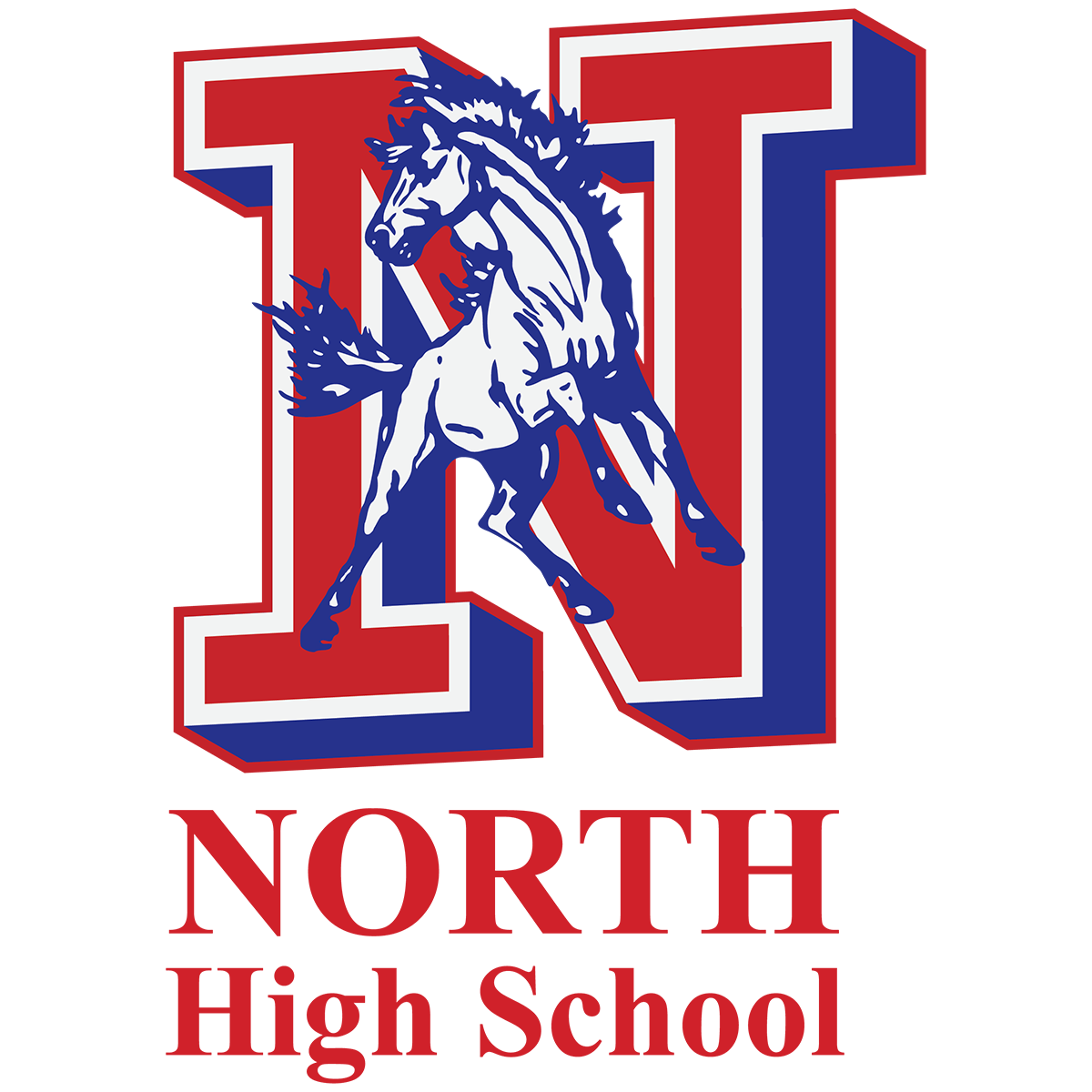AVID
The Mission of AVID
AVID's mission is to close the achievement gap by preparing all students for college readiness and success in a global society.
What is AVID?
A structured, college preparatory system working directly with schools and districts
A direct support structure for first-generation college goers, grades 4-12
A schoolwide approach to curriculum and rigor adopted by more than 3,500 schools in 45 states and 15 countries
A professional development program providing training throughout the U.S.
The AVID Student Profile
Students With Academic Potential
Average to high test scores
2.0-3.5 GPA
College potential with support
Desire and determination
Meets One or More of the Following Criteria
First to attend college in immediate family
Historically underserved in four-year colleges
Low income
Special circumstances
AVID Program Essentials
1. AVID student selection
2. Voluntary participation
3. AVID elective class offered during the school day
4. Rigorous course and study
5. Writing and reading curriculum
6. Inquiry to promote critical reading
7. Collaboration
8. Trained tutors
9. Data collection and analysis
10. District and school commitment
11. Active and interdisciplinary site team
Contact Information
Mr Ricardo Palomera; Phone: (602) 764-6500; Email: Email Ricardo Palomera
Counselors
Ms Dominique Platamone; Phone: 602-764-6527; Email: Email Dominique Platamone
North High School AVID Essentials
North High School AVID 11 Essentials
AVID Center has identified 11 characteristics of AVID Secondary implementation essential for maximum impact on student success. These 11 AVID Essentials are:
AVID student selection must focus on students in the middle, with academic potential, who would benefit from AVID support to improve their academic record and begin college preparation.
AVID program participants, both students and staff, must choose to participate in the AVID program.
The school must be committed to full implementation of AVID, with students enrolled in the AVID year-long Elective class(es) available within the regular academic school day.
AVID students must be enrolled in a rigorous course of study that will enable them to meet requirements for university enrollment.
Instructional strategies are taught in the AVID Elective class to develop students’ organizational skills that promote academic self-management.
A strong, relevant writing and reading curriculum provides a basis for instruction in the AVID Elective class.
Inquiry and collaboration are used as a basis for instruction in the AVID Elective class and to promote critical thinking.
A sufficient number of tutors must be available in the AVID Elective class(es) to facilitate student access to rigorous curriculum. Tutors should be students enrolled in colleges and universities, who can mentor students and facilitate tutorials, and they must be trained to implement the methodologies used in AVID.
AVID program implementation and student progress must be monitored through the AVID Center Data System, and results must be analyzed to ensure success.
The school or district has identified resources for program costs, has agreed to implement all AVID Essentials and to participate in AVID Certification. It has committed to ongoing participation in AVID professional learning.
An active, interdisciplinary AVID site team collaborates on issues of student access to and success in rigorous college preparatory courses.
Quality Assurances
AVID has proven to be one of the most effective ways to increase the likelihood that a young person coming from a group historically underrepresented in higher education will graduate from high school and go on to enroll in postsecondary education with no need for remediation.
The AVID Certification program documents and recognizes schools that have fully and successfully implemented these 11 Essentials of AVID Secondary. To earn the AVID Certification, participating schools complete an annual site self-study of their implementation of the AVID Essentials and their student achievement. The self-study identifies their potential barriers to student achievement and serves as the baseline for a continuous improvement process. AVID Center then conducts a site visit to assess the level of implementation of the AVID program and help sites engage in the continuous improvement process. Educator satisfaction with the AVID system and changes in their teaching practices are assessed through surveys taken at each training session and at the end of the school year.
AVID research staff conducted a validation study of the AVID Certification system to determine whether student outcomes increase as the fidelity of the school's AVID implementation increases. Data from 2,655 sites were obtained using the Certification Self-Study during the 2008-2009 academic year. Results indicated that schools implementing AVID at the highest levels of fidelity evidenced significantly higher student achievement across all academic and course enrollment outcomes. Students attending Certified schools had higher levels of participation in AP®/IB® courses and exams, were more likely to take the SAT® or ACT®, were more likely to complete college entrance requirements, and were more likely to plan on attending college.
